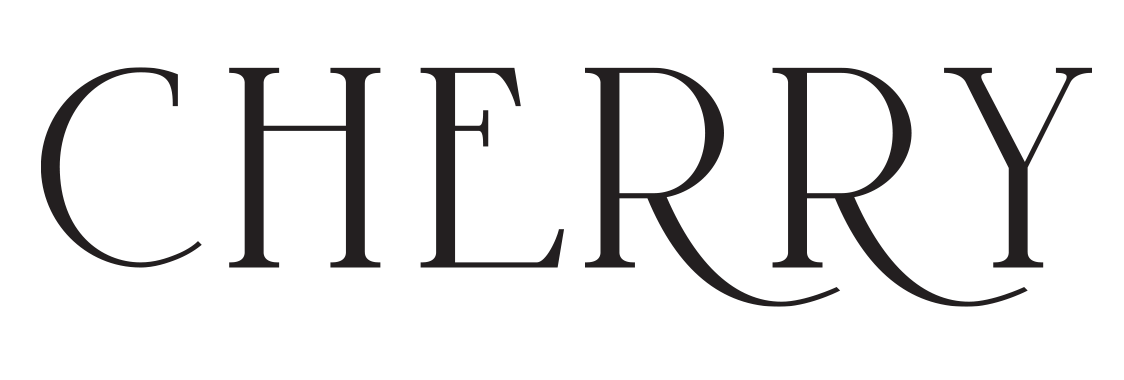Analyse your client accounts
Where are you making your money? Who are the black hole clients sucking out the profits? Which work is helping drive your growth agenda? What’s helping you recruit the best team? What work is inspiring Creatives to make the department hum? Set your annual growth objectives.
Why?
Profit understanding
Directly relevant to profit analysis - what is making your team joyful? If your team are loving it, you will love the revenue they are capable of generating
Creatives - is the work inspiring them? If you’re a creative agency, this is your lifeblood
Set an account growth plan including one for the agency
Assign roles and responsibilities. Drive this through. Analyse new business - where has growth been coming from? From whom? How long is it taking to land? What is the thread across what you are winning?
Why?
Treating your agency and working it like a client means you’re more likely to get stuff done
It’s scary how much our memory doesn’t really remember with accuracy - it’s often worth digging around for the facts; your past activity is a great place to help define how you go forward
If nobody is responsible, things fall between the cracks
Identify your network
Drain LinkedIn. Get into your email history. Dust off (then ditch) the Filofax. Go deep. Leave no stone left unturned. Make sure this new data is in a quick and easy to use CRM. Share this list with your team. Who can they add? This list now represents your golden goose of contacts. These people know you. They are in the industry. They will all have something relevant and interesting to share (as do you).
A contact could be anyone from a lapsed client, a supplier, an ex colleague, a journalist, a fellow judge at that awards thing you attended last year, a freelancer that you interviewed, an intermediary, someone to whom you recently pitched, a LinkedIn connection and don’t forget Robin, the 90s intern (who is now a CEO). You get the gist.
Go beyond the obvious. Get into the details. Build out this list at a company and individual level. You’ve made great connections and you are likely to have some background with not just a company but with specific brands, categories, marketing and procurement teams. You might think ‘but that was 10 years ago, the whole world has changed’. Yes, it has but at the same time, it hasn’t. You still have relevant experience; a heritage that’s likely to have a bearing on your expertise today. If you contextualise this angle vs striking up a conversation with someone completely new, suddenly that project you created for that famous whisky brand feels more relevant than you thought.
Do your research
Nobody has lost out because they were over prepared. Enrich your list with data to help you have better, more meaningful conversations.
You might add detail on. their corporate strategy, marketing, brands and agency arrangements that will help you have informed, better and more meaningful conversations.
Furnish your list, now on your CRM or somewhere digital - at all costs ditch the Filofax - with the latest insights, strategic direction and agency arrangements. This will give you a good update and flavour for what might be interesting to mention or be aware of. The best sales practice is all about not selling. You should position yourselves in clients’ minds as a credible partner who can help that person, company or brand achieve their ambitions. You will help them get there.
Activate your network
Crack on and make contact. Whatever you do, don’t feel sheepish. If you are useful, and you’ve established that you can be, you’re not selling. You’re striking up a conversation and being helpful to each other. You will learn at least one thing from each conversation. Liberate yourself with this fact.
A good litmus test to establish what may be naff or not, is if I was sitting next to this person in a social setting, what would feel right? You almost certainly wouldn’t start yapping about how amazing you are and start listing out your achievements. Well, you could, but they’ll want you gone before the main course arrives.
